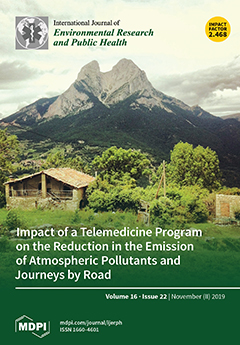Background: Environmental tax has been implemented by the government in response to the demands of the residents to control environmental pollution. However, a tax has a wide effect on many interacting aspects of the society. It remains unknown whether enacting an environmental tax for the government can improve the residents’ happiness. This study aimed to examine the impact of air and water pollution on residents’ happiness and evaluate whether an environmental tax can alleviate the impact of air and water pollution on residents’ happiness.
Methods: Based on the 2015 Chinese General Social Survey Data, 28 provinces in China were divided into two categories according to their environmental tax rates: baseline-tax areas (
n = 13) and high-tax areas (
n = 15). The ordered probit model was used to analyze the impact of air and water pollution on the residents’ happiness in baseline-tax areas and high-tax areas, respectively. The Chow Test was used to test whether the impact of environmental pollution on happiness was different between baseline-tax areas and high-tax areas.
Results: The impact of air pollution on residents’ happiness was statistically significant in the baseline-tax areas (coefficient −0.162, 95% confidence interval (CI) −0.239, −0.086,
p < 0.001), but the significance was weakened in the high-tax areas (coefficient −0.030, 95% CI −0.060, 0.000,
p = 0.051). The Chow Test showed that the absolute value of the regression coefficient in the baseline-tax areas was significantly higher than the value in the high-tax areas (F = 12.712,
p < 0.001). Similarly, the impact of water pollution on residents’ happiness was statistically significant (coefficient −0.264, 95% CI −0.353, −0.174,
p < 0.001) in the baseline-tax areas and in the high-tax areas (coefficient −0.063, 95% CI −0.091, −0.035,
p < 0.001), but the Chow Test showed that the absolute value of the regression coefficient in the baseline-tax areas was significantly higher than the value in the high-tax areas (F = 13.758,
p < 0.001).
Conclusions: Both air and water pollution impair residents’ happiness. The present study shows for the first time that enacting an environmental tax significantly alleviates the negative effect of air and water pollution on residents’ happiness. The findings of the present study provide empirical evidence for the government to levy environmental tax.
Full article





